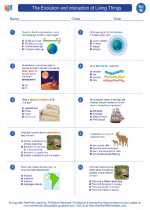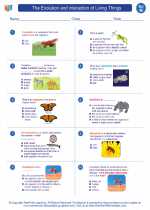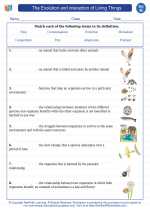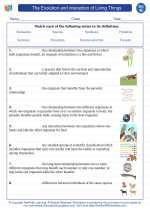Skin
The skin is the largest organ of the human body, and it has several important functions. It acts as a barrier against pathogens, protects the body from harmful UV radiation, regulates body temperature, and allows for the sensation of touch.
Anatomy of the Skin
The skin is composed of three main layers: the epidermis, the dermis, and the hypodermis (subcutaneous tissue).
- Epidermis: The outermost layer of the skin, composed mainly of keratinocytes. It provides a waterproof barrier and creates our skin tone.
- Dermis: The middle layer of the skin, containing blood vessels, nerves, hair follicles, and sweat glands. It provides support and nourishment to the epidermis.
- Hypodermis (Subcutaneous Tissue): The innermost layer, composed of fat and connective tissue. It serves to connect the skin to underlying muscle and bone, as well as providing insulation and padding.
Functions of the Skin
- Protection: The skin acts as a physical barrier, protecting the body from pathogens, UV radiation, and physical injuries.
- Regulation: The skin helps regulate body temperature through sweat production and blood vessel dilation/constriction.
- Sensation: Nerve endings in the skin allow us to sense touch, pressure, temperature, and pain.
- Excretion: The skin excretes small amounts of waste products and regulates water loss through sweat.
Common Skin Conditions
Several conditions can affect the skin, including acne, eczema, psoriasis, and skin cancer. It's important to take care of your skin by keeping it clean, moisturized, and protected from excessive sun exposure.
Study Guide
When studying the skin, it's important to understand its structure, functions, and common conditions. You should be familiar with the layers of the skin, the functions of each layer, and the role of the skin in protecting the body and maintaining homeostasis. Additionally, understanding the impact of proper skin care and the prevention of skin conditions is essential for overall health.
.◂Science Worksheets and Study Guides Eighth Grade. The Evolution and interaction of Living Things

 Worksheet/Answer key
Worksheet/Answer key
 Worksheet/Answer key
Worksheet/Answer key
 Worksheet/Answer key
Worksheet/Answer key
 Vocabulary/Answer key
Vocabulary/Answer key
 Vocabulary/Answer key
Vocabulary/Answer key
